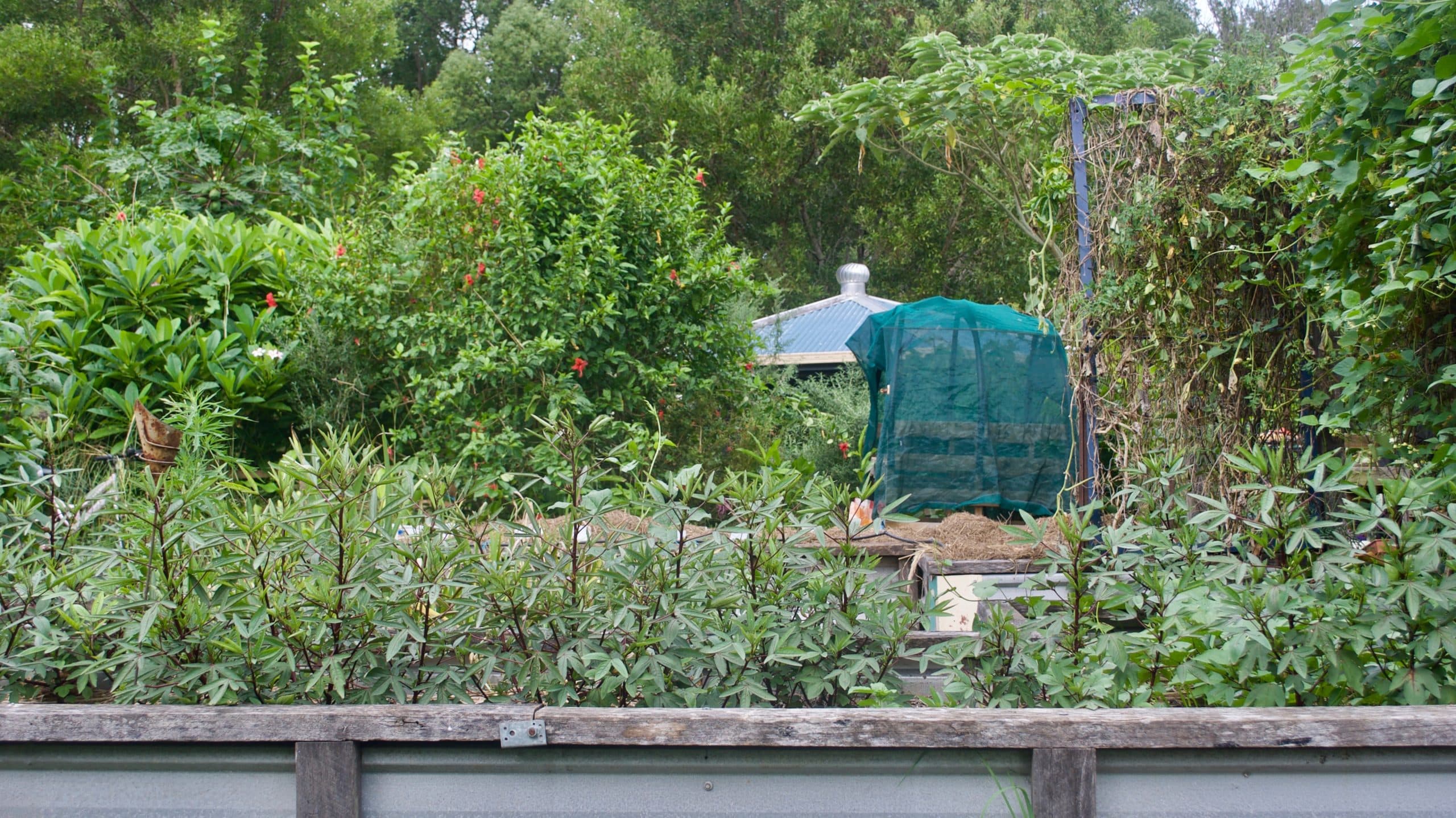Permaculture is not just a buzzword. It is a sustainable design system that mimics the patterns and relationships found in nature, allowing for the creation of resilient and productive environments. When applied to the urban context, permaculture becomes a transformative tool. It has the potential to change how we perceive our cities, our neighborhoods, our gardens, and, ultimately, our communities. Here, you will learn how the principles of permaculture can be used to create self-sustaining urban communities.
Understanding Urban Permaculture
Before diving into the practicalities of urban permaculture, it’s crucial to understand the concept. Urban permaculture is the application of permaculture principles in urban areas. It involves the creation of sustainable and resilient urban environments that mimic natural ecosystems, using a thoughtful and resource-efficient approach to design.
Have you seen this : How Can Smart Kitchen Appliances Reduce Food Waste in the UK?
In nature, nothing is wasted. Each organism has a role, and energy flows through a complex web of interactions and exchanges. In the same vein, urban permaculture sees the city as an ecosystem. It seeks to create spaces and systems that are not only productive but also sustainable, beneficial for both people and the planet.
Designing Urban Spaces with Permaculture Principles
Permaculture is based on three core ethics: care for the earth, care for people, and fair share. These ethics guide the design process and inform the creation of sustainable systems. They can be translated into various principles, all of which are applicable in an urban context.
Also to see : Transform your business with expert commercial upholstery in canary wharf
One such principle is observing and interacting with the environment. Any urban space, whether a small balcony or a community garden, can be seen as a microcosm with its characteristics and dynamics. By observing these, you can design solutions that are adapted to the local context and conditions.
Another principle is catching and storing energy. In an urban environment, this could mean harvesting rainwater, creating a compost system to recycle organic waste, or installing solar panels. The goal is to use and reuse resources efficiently, reducing waste and dependence on external inputs.
Building Urban Community Gardens with Permaculture
Community gardens are an embodiment of urban permaculture. They can transform unused or under-used urban spaces into productive and sustainable gardens. By growing food locally, these gardens can reduce the community’s dependence on imported produce, providing access to fresh and healthy food.
Community gardens also serve as a space for people to gather, learn, and share knowledge and skills. They can foster social interaction and cohesion, contributing to a sense of community. Through gardening, people can reconnect with nature, even in the heart of the city.
Designing a community garden with permaculture principles requires careful planning and consideration. It involves selecting appropriate plants, implementing efficient water management systems, and considering other elements such as shade, wind, and soil quality. The aim is to create a garden that is diverse, productive, and resilient, much like a natural ecosystem.
Delivering Sustainability through Urban Permaculture
Delivering sustainability is a key goal of urban permaculture. This involves creating systems that support both people and the planet. It is about more than just growing food locally; it encompasses all aspects of urban life, from energy production to waste management and transport.
For example, urban permaculture may involve creating green roofs or vertical gardens to increase green space and biodiversity in the city. It may also involve designing buildings and spaces that are energy-efficient, make use of natural light and ventilation, and are built with sustainable materials.
Urban permaculture also looks at how we move around the city. It encourages walking, cycling, or using public transport, reducing reliance on private cars and fossil fuels. It also promotes the idea of local living, where people live, work, and play in the same area, minimizing the need for long-distance travel.
Engaging People in Urban Permaculture
Successful urban permaculture depends on people. It requires the participation and engagement of the community. This is why education and awareness-raising are vital components of urban permaculture. They help people understand the importance of sustainability and encourage them to take action.
Workshops, courses, and public events can be effective ways of engaging people. They offer opportunities to learn about permaculture principles and techniques, and how to apply them in an urban context. They also provide a platform for discussion and exchange, fostering a sense of community and shared responsibility towards sustainability.
Involving people in the design and implementation of urban permaculture projects can also be beneficial. It can empower the community, giving them the skills and confidence to create and manage their sustainable systems. It can also ensure that projects are tailored to the needs and preferences of the community, increasing their success and sustainability.
Revolutionizing Food Production through Urban Permaculture
Urban permaculture has the power to completely revolutionize how we perceive food production in our cities. Urban agriculture, specifically, moves beyond the traditional concept of farming. It integrates food production into the urban environment, turning rooftops, balconies, and backyards into productive spaces. A popular technique in urban permaculture is edible landscaping, which combines aesthetics and functionality to create beautiful, as well as productive, gardens.
In an urban setting, container gardening and vertical gardening are beneficial techniques. They allow for efficient use of limited space and are ideal for growing a variety of crops, from herbs to fruit trees. Another strategy is the creation of a food forest, a multi-layered and diverse garden that mimics a natural forest ecosystem.
A food forest is not just a method of food production. It is also a habitat for beneficial insects, providing natural pest control and reducing the need for harmful pesticides. These urban permaculture strategies, combined with others, can transform our cities from consumers to producers, contributing to food security and promoting sustainable living.
Starting Your Urban Permaculture Journey
If you are inspired to start an urban permaculture project, remember one important thing: permaculture is a journey, not a destination. It is about learning, experimenting, adapting, and improving. It is about building a fair share community where resources are equally distributed, and everyone contributes to the common good.
You can start small. Plant some herbs in a pot on your balcony, create a vertical garden on your wall, share your surplus produce with your neighbors, or organize a community clean-up day. Remember, every action counts. As you gain more skills and confidence, you can tackle larger projects.
You might choose to transform your backyard into a food forest, start a community garden in your neighborhood, or even spearhead a city-wide urban agriculture initiative. The possibilities are endless. No matter where your permaculture journey leads you, always remember the core permaculture ethics: care for the earth, care for people, and fair share.
Conclusion: The Future of Urban Living
Urban permaculture is more than just a design system. It is a vision for the future of urban living – a future where cities are not just consumers of resources, but producers; where urban spaces are not only built environments, but also ecosystems; where communities are not only groups of people living together, but also caretakers of the earth and each other.
By integrating permaculture principles into urban design, we can create cities that are resilient, sustainable, and vibrant. We can transform our relationship with food, minimize waste, reduce our carbon footprint, and foster community spirit. We can create cities that not only survive, but thrive.
The path to this future is not easy. It requires change, commitment, and community involvement. Yet, it is a path worth embarking upon. So, let us start our urban permaculture journey today. Let us create cities that embody the principles of care for the earth, care for people, and fair share. Let us create self-sustaining communities.
















